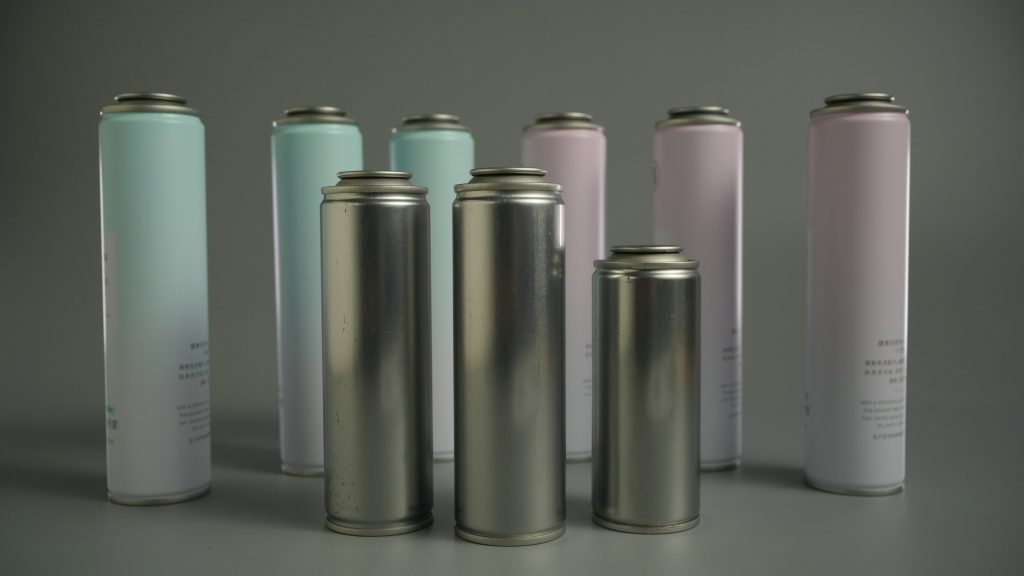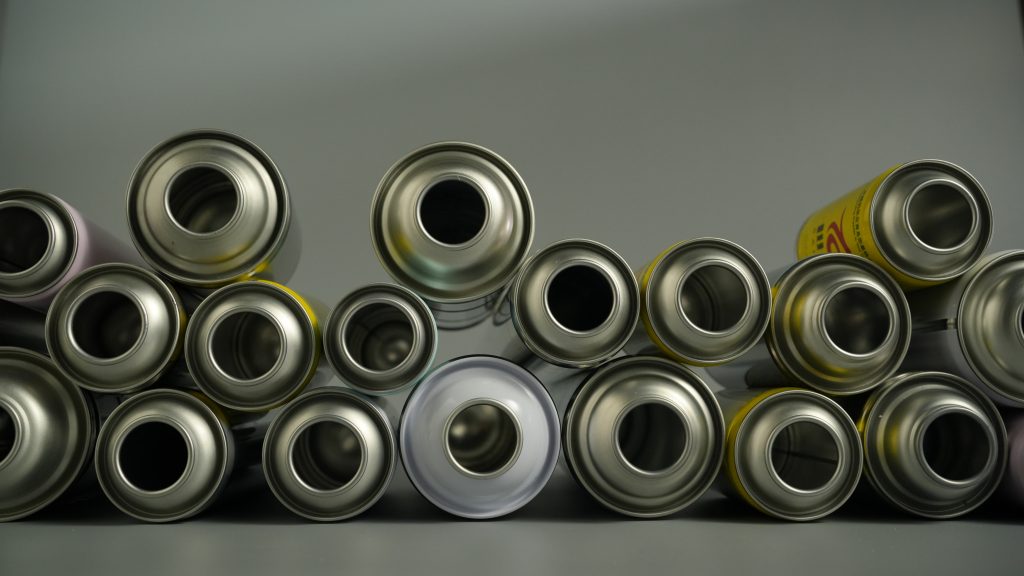
Consumers have an enduring love affair with aerosols. Year after year, production and consumption records for aerosol products are shattered, driven by relentless innovation. We relish the convenience of a quick spritz to freshen clothes or set makeup, yet rarely pause to examine the container in our hands. Versatility, aesthetic appeal, durability, and recyclability make aerosol packaging a consumer favorite. Whether steel, aluminum, or plastic, each material brings unique strengths—but today, let’s spotlight the underrated hero: steel.
Steel Packaging: The Unsung Hero of Europe’s Circular Economy
Long before the first aerosol was invented, steel had already proven its packaging prowess. Believe it or not, the earliest canned goods 200+ years ago kickstarted a food preservation revolution—decades before aerosols entered the scene! Today, while deodorants and body sprays dominate, aerosols have exploded into nearly 2,000 brands spanning 200+ uses: agriculture, medicine, home care, and beyond. Modern aerosols aren’t just “sprayers”—they produce foams, mousses, creams, and both wet/dry sprays.
Steel’s “Swiss Army knife” versatility helps FMCG brands keep up with our ever-evolving lifestyles. It molds into any shape or size, holds diverse products, and works equally well at home or on-the-go. Its real superpower? Protecting hazardous goods. Steel’s water/solvent resistance makes it ideal for paints, solvents, and other flammable materials—like a vault for volatile contents.
Packaging’s “Beauty Pageant”: How Steel Gets Stylish
As markets get cutthroat, packaging innovation is non-negotiable. Modern steel is thinner yet stronger, with malleability that lets designers create eye-popping, complex shapes. Can manufacturers are also upping their “makeup game”: from skincare to snacks, steel cans now sport embossing, debossing, and matte finishes on glossy surfaces. These aren’t just containers—they’re shelf-side art pieces.
Consumers crave uniqueness, so brands use tactile printing tricks to stand out. Textured grooves paired with sleek mattes turn functional cans into tactile experiences. Steel’s manufacturing flexibility makes these design dreams possible.
The Green Champion: Steel’s Circular Economy Report Card
Steel’s staying power? Its impressive recycling stats. Over the past 30 years, as work habits and shopping behaviors shifted, so did our environmental consciousness—we all want a livable planet for future generations.
APPEAL and the steel industry are staunch circular economy advocates. The EU’s Circular Economy Package is like a rulebook for “keeping resources in play,” aiming to reduce waste and boost recycling.
Recycling Rockstar Alert:
In 2022, the EU set a 2025 target: 80% steel recycling. But steel already aced the test! In 2023, EU-28 + Norway/Switzerland hit 82.3%—making steel Europe’s most recycled packaging material. That’s 8+ million tons of steel reused annually!
Recycling steel is shockingly easy: its magnetism lets us sort it with simple magnets, no fussy processes. Even better, it’s “immortal”—infinitely recyclable without quality loss. Every European steel plant doubles as a recycling hub, turning scrap into new steel efficiently, saving resources and cutting emissions.
The Green Math:
Producing 1 ton of recycled steel cuts CO₂ emissions by 1.6x vs. virgin steel. It also uses 70% less energy. But steel isn’t the whole story—APPEAL pushes for all packaging materials to up their recycling game. After all, waste is just misplaced resources; reclaiming them boosts EU resource efficiency and edges us closer to a true circular economy.
Sustainability is complex, but the steel industry keeps educating consumers: Why recycle? What makes “permanent materials” like steel special? In 2012, the EU Parliament even created a new category for steel: “permanent materials,” recognizing it transcends traditional “renewable/non-renewable” labels.
Steel’s Future: The Circular Economy’s Leading Lady?
Achieving a full circular economy is ambitious, but we’re gaining ground. In coming years, expect tighter collaboration between steel packaging producers and retailers. Helping brands and manufacturers understand steel’s “permanent material” perks—and its role in waste reduction—will be key. As supply chains chase sustainability goals, steel’s green credentials will only grow more valuable.
Fun Facts Corner:
Q: Why call steel a “permanent material”?
A: Because it recycles infinitely without losing strength. That can you toss today might become a car part, bridge, or new can tomorrow!
Q: How are steel cans recycled?
A: Magnets do the heavy lifting! They separate steel from waste, which gets melted down into fresh steel—zero quality loss, major energy savings.
Q: Why is steel safe for aerosols?
A: It’s a triple-threat protector: blocks light/moisture/oxygen, resists corrosion, and withstands high pressure—perfect for even the feistiest sprays.
A Final Thought:
Next time you use an aerosol, take a second to inspect the can. Is it made from recycled steel? Can your area recycle it? Choosing recyclable packaging is a tiny act, but when we all do it, it becomes a planet-saving movement. How we treat packaging today shapes the world we leave for tomorrow—and steel is a vital piece of that green puzzle.


